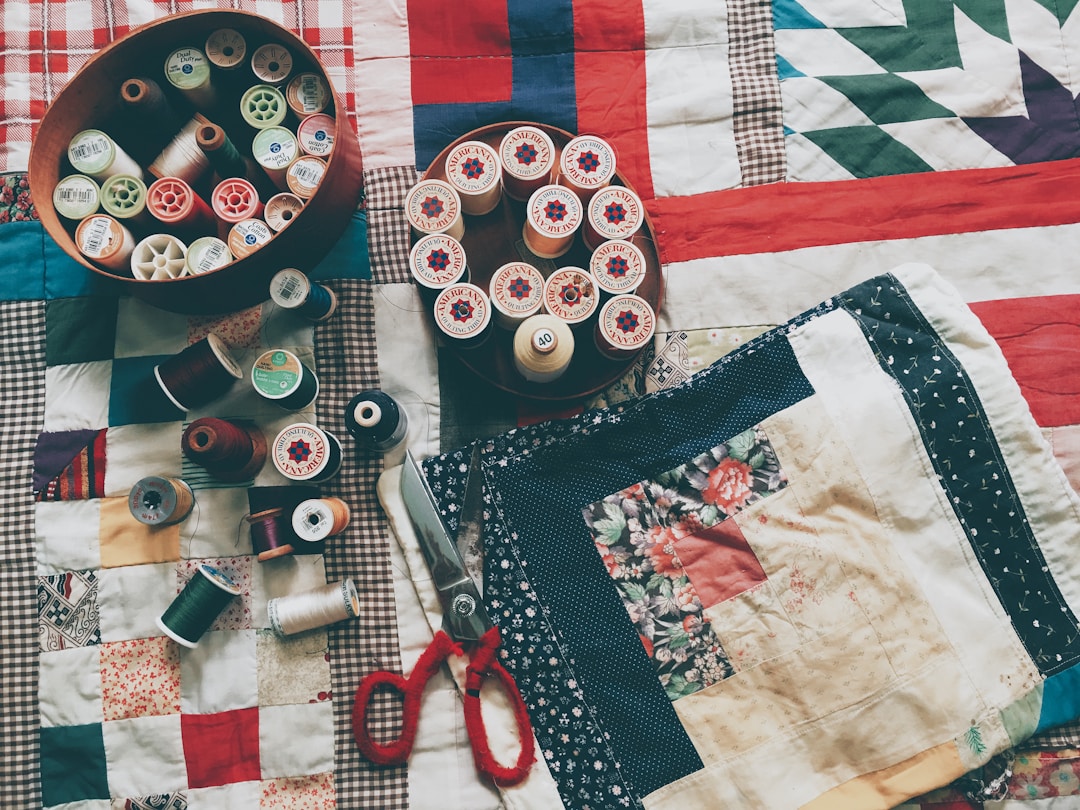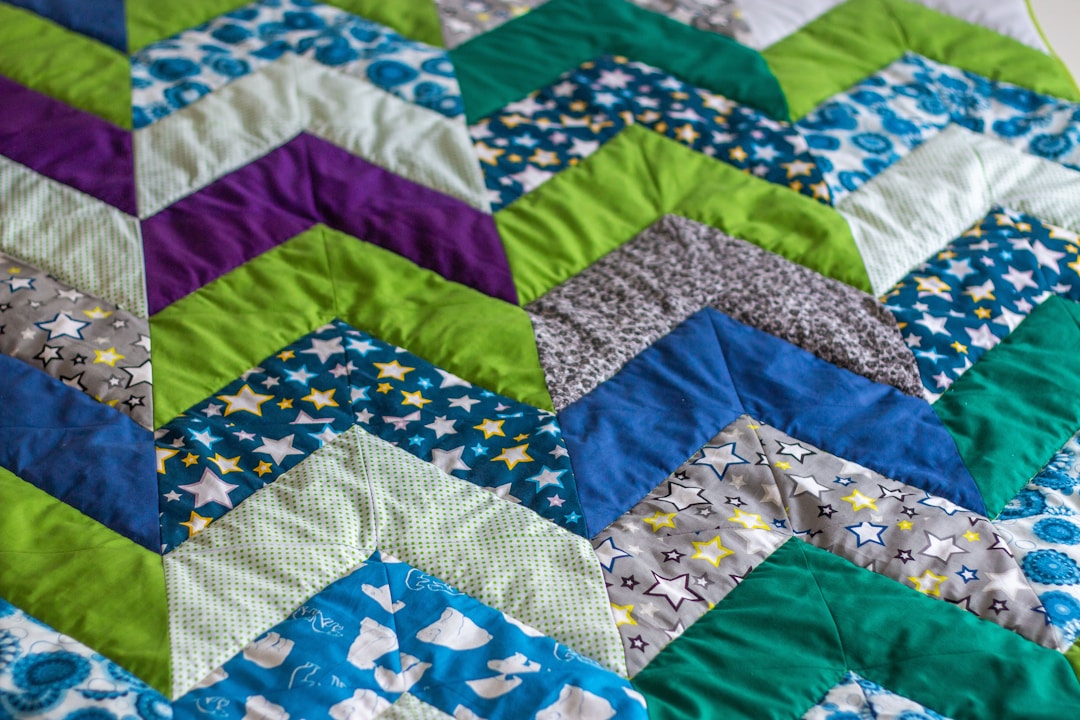Resources for Beginner Quilters
Embarking on the journey of quilting can be as exciting as it is intricate. With the right guidance and resources, beginners can quickly transform from curious novices to skilled creators of warmth and beauty. This beloved craft not only results in functional art but also provides a sense of fulfillment and community. To start your quilting adventure on solid ground, it’s vital to get acquainted with the essentials. Below, we’ll delve into the tools, patterns, fabrics, online classes, and communities crucial to quilting success.
Essential Tools Every Beginner Quilter Needs

Beginning your quilting journey starts with assembling the right toolkit. The cornerstone of any quilter’s arsenal is a reliable sewing machine, without which piecing together intricate designs would be a daunting task. This is complemented by a variety of hand tools, including needles, thread, scissors, and rotary cutters, which help in the careful snipping and trimming of fabric.
Accurate measurements are quintessential in quilting; hence, a clear ruler and a cutting mat are indispensable. The ruler ensures precise cuts and consistency in patchwork, while the mat not only preserves the sharpness of your rotary cutter but also protects your tabletops from damage. A quality iron is another staple, crucial for pressing seams flat, ensuring a professional and polished look to your quilt.
Pin cushions and safety pins may seem minor, but they play a significant role in keeping fabric layers together before they’re sewn. Marking tools, such as chalk or erasable pens, are also necessary for drafting patterns on fabrics. It’s noteworthy that investing in quality tools can elevate the quilting experience and the final product.
To assist beginners in gathering their supplies, retailers like the Nebraska Quilt Company offer starter kits that include most of the tools mentioned. Such curated collections are a boon, especially for those who may feel overwhelmed by the vast selection of quilting tools available on the market.
Understanding Quilt Patterns: A Guide for Newbies

Patterns are the blueprint of quilting, providing a roadmap for creating your textile masterpiece. For beginners, understanding quilting patterns is essential, as they dictate the dimensions, color schemes, and sewing techniques needed to complete a project. Patterns range from simple, geometric designs to more elaborate, pictorial compositions that tell a story or depict a scene.
Most quilt patterns include a list of materials, cutting instructions, and piecing directions. Learning to decipher these instructions is vital and can initially be as challenging as learning a new language. Patience is key here, along with practice. As you work through different patterns, the symbols and terminology will become more familiar.
New quilters should start with basic blocks, such as squares and rectangles before advancing to more complex shapes like triangles or hexagons. This progression not only builds confidence but also skillfully introduces the newcomer to various techniques integral to quilting.
Workshops and quilting books can be incredibly beneficial when it comes to grasping pattern intricacies. They often provide step-by-step guidance and visual aids, making the translation from page to fabric far less intimidating. Classes taught by experienced quilters can give you personalized feedback and clarify any puzzling aspects of the patterns.
Online Quilting Classes and Tutorials for Starters
In the digital age, learning the art of quilting has become more accessible than ever. Numerous online platforms offer classes and tutorials catered to beginners, covering various topics from basic stitches to advanced design techniques. These virtual learning environments allow you to progress at your own pace, and many provide the added benefit of community features where you can ask questions and receive feedback.
Video tutorials are particularly helpful, as they provide a visual walk-through of processes that can be difficult to grasp through text alone. Watching an experienced quilter maneuver fabric and tools not only reinforces learning but also demystifies the more nuanced aspects of the craft. Some of these sessions can be paused and rewatched, a convenience that in-person classes can’t always offer.
Online courses also cover a wide range of styles and specializations within quilting. Whether you’re interested in traditional patchwork, modern designs, or specialized techniques like appliqué or paper piecing, there’s a class to suit your curiosity. This diversity fosters a holistic understanding of the art and craft of quilting.
For beginners looking to connect with instructors and other quilters, virtual workshops, and webinars provide interactive opportunities. In these synchronous learning moments, participants can share their progress, gain inspiration from others, and build a supportive network that enriches their quilting journey.
Overall, quilting is a rewarding craft that offers endless opportunities for creativity and personal expression. With the right tools, patterns, and online resources, beginners can confidently embark on their quilting journey and enjoy the sense of accomplishment that comes with creating a handmade masterpiece.




